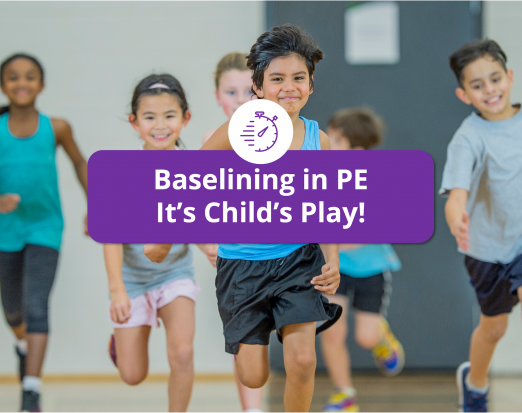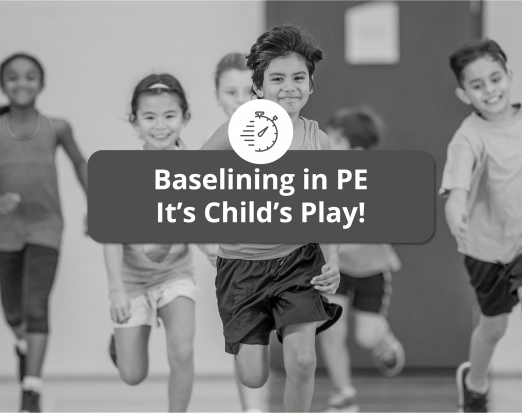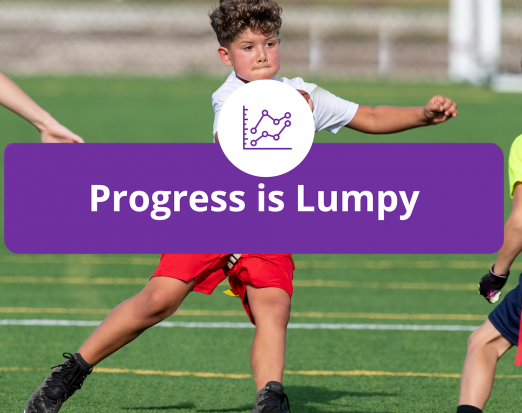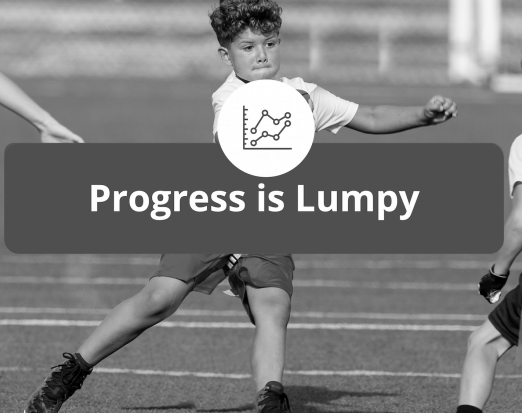Dance Your Socks Off – A PE Lesson Plan for Key Stage 1
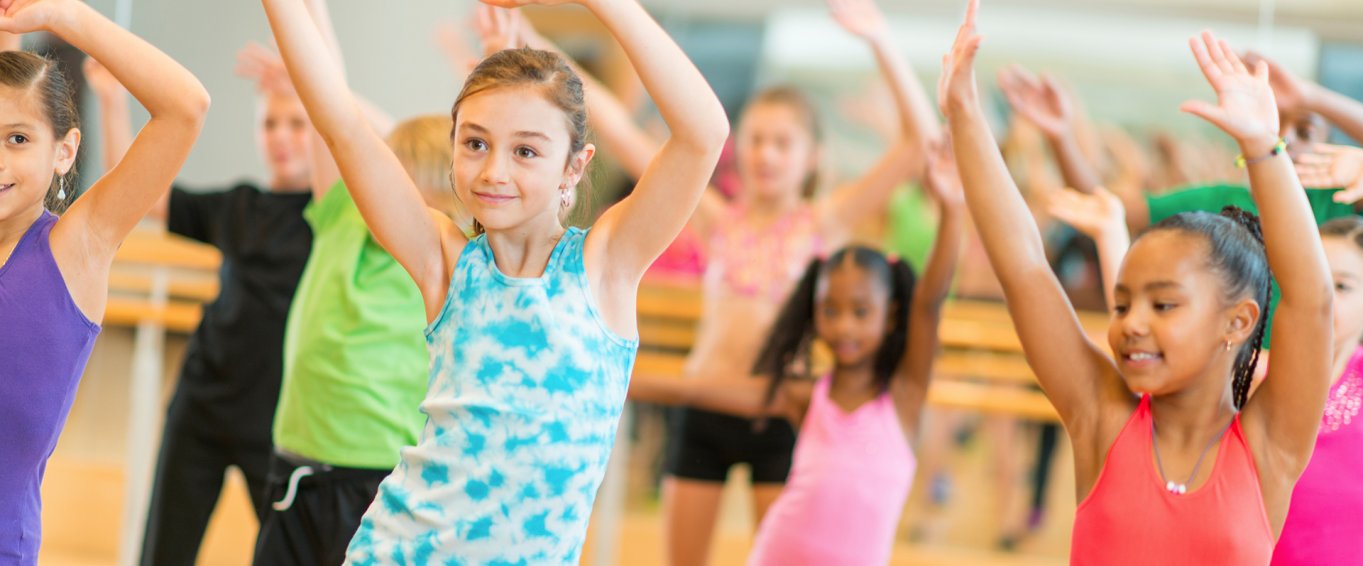
Whether pupils are showing off counting, collaging or cartwheeling skills, assessment is key to the learning process. It's the bridge between attainment and aspiration, the glue between can do and expected to.
By assessing pupils' performance, schools generate personal portraits of progress and identify individual strengths, weaknesses and preferences. For physical educators, assessment is a particularly valuable tool - movement learning is endlessly varied but invariably essential to life. While children may approach key skills differently, they must hit the same targets to grow into happy, healthy adults.
By Key Stage 2 (seven years), children are expected to have a good mastery of the Fundamental Movement Skills and the ability to perform movement sequences. Dance is such an effective way to hone this ability that it's included on the national curriculum. Throughout Key Stage 1, primary PE lessons are required to use dance based games and activities to hone pupils' balance, coordination and agility.
Use our dance themed PE lesson plan to assess your pupils' movement learning and motor skills development:
Lesson Objective: Create a dance routine with an identifiable beginning, middle and end
1. Warm Up Activity (5 mins)
What You Need: mood flash cards (optional),
How to Play: The teacher randomly shouts out different moods and emotions. Pupils should respond to each call by moving around the space in a manner which represents that emotion. There is no wrong or right way to do this, but it should be clear that children have thought about their choice of movement. For example, skipping might represent happiness. Spinning like a whirlwind could represent anger or confusion.
Extension Activity: Before starting your PE lesson, ask pupils to form pairs and create mood 'flash cards.' This adds an art and design component and it tests pupils' ability to pay attention. Instead of calling out moods, hold up the flash cards. Reuse the cards to create a mood management display in your classroom.
2. Main Lesson (25 mins)
What You Need: tambourine, miscellaneous dance equipment (optional)
How to Play: The aim of this activity is for children to create a dance routine with a clear beginning, middle and end.
Spend 10 mins practising with a tambourine and some simple 'listen and follow' instructions. When the teacher hits the tambourine, pupils should start to dance around the space. When they hit it again, pupils should stop and stand as still as possible. It's important they remain in motion while the tambourine is being shaken.
Add an extra challenge by giving children a starting shape. They must hold this shape until they hear the tambourine signal. Then, introduce a finishing shape or balancing challenge. When they hear the signal, children must freeze in the given shape or stance. Repeat until pupils recognise the start, middle and end of a short routine.
The next step is for children to create their own dance routines. In pairs, give pupils 15 mins to invent a brief routine. It can be as creative as they like but must it include one twisting, one balancing and one jumping movement (with each linked fluidly). Each routine must have a clear beginning and end. Play music which is upbeat but not too fast - a slower tempo will help pupils plan and create with more confidence.
Extension Activity: During practice, challenge pupils to adapt their beginning, middle and end sequences to represent an animal. Their beginning shape, middle movements and end shape should reflect a given animal or one they have picked.
3. Performance/Assessment Activity (15 mins)
What You Need: miscellaneous dance equipment (optional)
How to Play: In the final third of the lesson, invite pupils to perform their routines for the class. Include an evaluative component - ask performers can critique their work or ask peers for feedback. You could ask each pair to state a standout strength of their performance and one aspect they think could be improved. Alternatively, hold a vote and ask observing pupils to pick a winner from each 'round' (two routines) of performances.
Extension Activity: Pick a step (just one video) from our library of Dance Move of the Day videos. Play it once with a reminder to pay close attention. Then, assign pairs and instruct pupils to learn and perform the 2-3 moves together. The important thing is not that they get the steps absolutely correct (though this shows they can watch carefully) but that they can create and perform confidently under pressure.
Premium members of our Healthy Schools Programme get unlimited access to Dance Move of the Day, Home Activities, Teachers Resources, Mini Yo, Mindfulness Sessions and lots more!
Visit the Resources page to sign up for a FREE account and get one Health and Wellbeing resource per week.
